Home>Gardening & Outdoor>Landscaping Ideas>What Causes Fungus In Grass
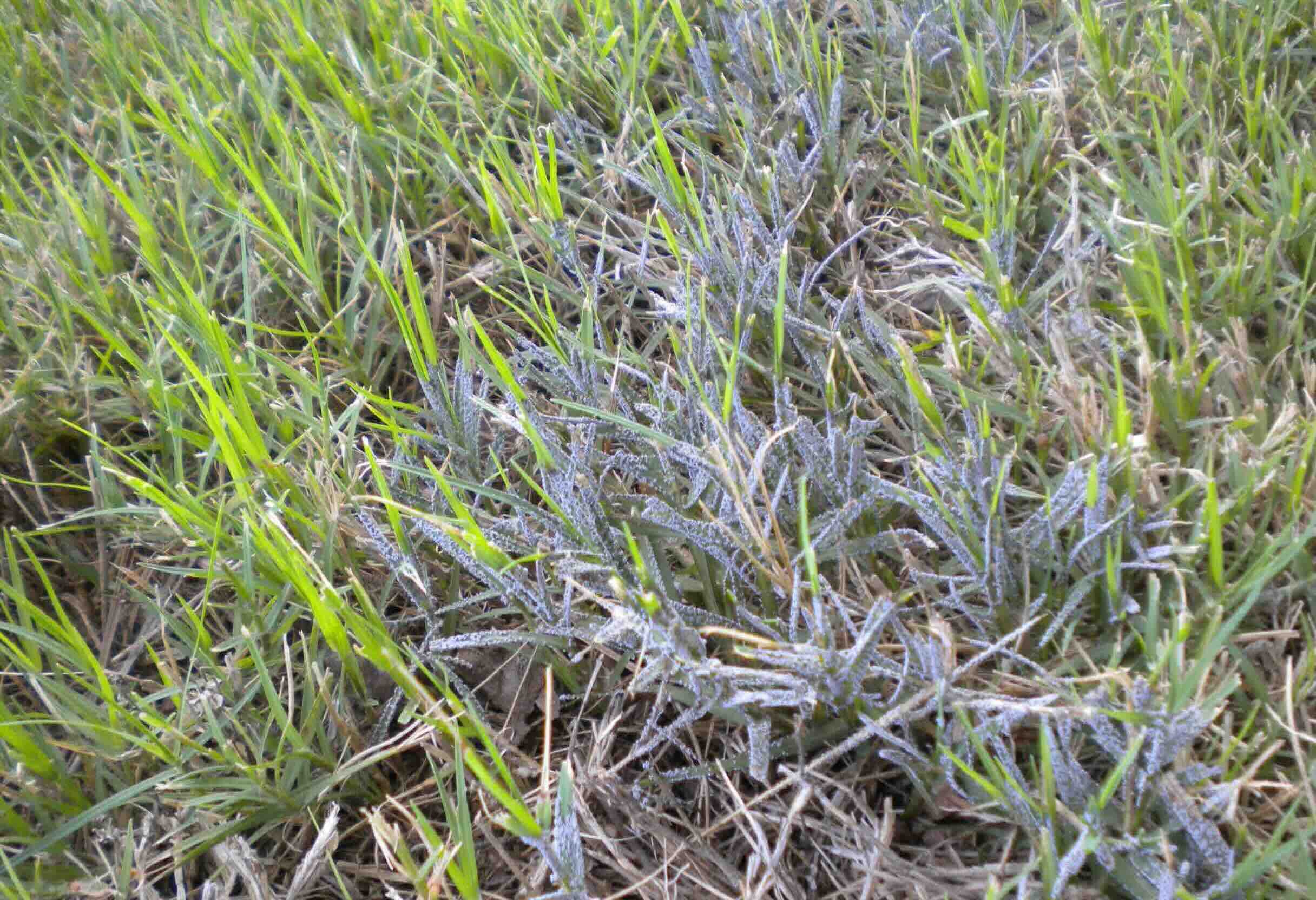

Landscaping Ideas
What Causes Fungus In Grass
Modified: February 18, 2024
Learn about the causes of fungus in grass and get landscaping ideas to prevent and treat it. Keep your lawn healthy and vibrant with our expert tips.
(Many of the links in this article redirect to a specific reviewed product. Your purchase of these products through affiliate links helps to generate commission for Storables.com, at no extra cost. Learn more)
Introduction
Maintaining a lush, green lawn is a source of pride for many homeowners and a vital aspect of curb appeal. However, achieving and preserving a healthy lawn can be challenging, especially when contending with the threat of fungal diseases. Fungal infections in grass can wreak havoc on the appearance and vitality of lawns, leading to unsightly patches, discoloration, and even permanent damage if left untreated. Understanding the causes of fungus in grass is essential for implementing effective prevention and treatment strategies. In this comprehensive guide, we will delve into the various factors contributing to fungal growth in grass, empowering you to safeguard your lawn against these pervasive and troublesome issues.
Fungal diseases in grass are often the result of a complex interplay of factors, including environmental conditions, maintenance practices, and the specific species of grass present in the lawn. By gaining a deeper understanding of these influences, homeowners and landscaping enthusiasts can take proactive measures to mitigate the risk of fungal infections and preserve the health and beauty of their grass.
In the following sections, we will explore the common causes of fungus in grass, shedding light on the specific pathogens responsible for these infections and the conditions that facilitate their proliferation. Additionally, we will discuss the environmental factors that contribute to fungal growth, such as moisture levels, temperature, and soil conditions, offering valuable insights into how these elements impact the health of grass. Furthermore, we will provide practical guidance on preventing and treating fungal infections in grass, equipping you with the knowledge and tools necessary to maintain a vibrant and resilient lawn.
As we embark on this exploration of fungal diseases in grass, it is important to approach the topic with a proactive mindset, recognizing that preemptive measures and informed decision-making are key components of effective lawn care. By empowering yourself with the knowledge presented in this guide, you can cultivate a deeper appreciation for the intricate dynamics at play in your lawn's ecosystem and take meaningful steps to protect it from the threat of fungal infections. With this foundation in place, you will be well-equipped to nurture a thriving and visually captivating lawn that serves as a testament to your dedication and expertise in landscaping.
Key Takeaways:
- Excessive moisture, compacted soil, and improper mowing height can lead to fungal infections in grass. Preventive measures like targeted watering and proper lawn maintenance can help safeguard your lawn.
- Understanding the signs of fungal diseases and implementing prompt intervention strategies, such as fungicidal treatments and cultural practices, can aid in curbing the spread of infections and restoring the health of your grass.
Read more: What Is Grass Fungus
Understanding Fungal Diseases in Grass
Before delving into the specific causes and contributing factors of fungal infections in grass, it is crucial to develop a comprehensive understanding of the nature of these diseases and their impact on the health of lawns. Fungal diseases in grass are typically caused by various types of fungi that can thrive in diverse environmental conditions, making them a pervasive and formidable challenge for homeowners and landscaping enthusiasts.
One of the most common fungal diseases affecting grass is known as “dollar spot,” characterized by small, silver-dollar-sized lesions that appear on the grass blades. Another prevalent condition is “brown patch,” which manifests as circular, discolored areas in the lawn, often accompanied by wilting and decay of the grass. Additionally, “powdery mildew” is a widespread fungal infection that presents as a white, powdery coating on the grass blades, compromising their health and vigor.
These fungal diseases can significantly detract from the visual appeal of lawns, giving rise to unsightly patches and blemishes that diminish the overall aesthetic quality of the landscape. Moreover, they can weaken the grass, making it more susceptible to stressors such as drought, extreme temperatures, and foot traffic, further exacerbating the damage and impeding its ability to recover.
Understanding the symptoms and characteristics of fungal diseases in grass is essential for prompt identification and targeted intervention. By familiarizing oneself with the distinct signs of each type of infection, homeowners can take proactive measures to address the issue before it escalates, preserving the health and vibrancy of their lawns.
Furthermore, recognizing the predisposing factors that make grass susceptible to fungal diseases is instrumental in implementing preventative strategies. Certain grass species, such as Kentucky bluegrass and perennial ryegrass, may be more prone to specific fungal infections, necessitating tailored care and vigilance to mitigate the risk. Moreover, factors like excessive thatch buildup, inadequate airflow, and suboptimal mowing practices can create an environment conducive to fungal growth, underscoring the importance of attentive lawn maintenance.
By gaining insight into the nature of fungal diseases in grass and their impact on the overall well-being of lawns, homeowners and landscaping enthusiasts can cultivate a proactive and informed approach to lawn care. Armed with this knowledge, they can effectively identify, address, and prevent fungal infections, safeguarding the health and beauty of their grass and fostering a landscape that exudes vitality and allure.
Common Causes of Fungus in Grass
Understanding the common causes of fungal infections in grass is instrumental in implementing targeted prevention and intervention strategies to safeguard the health and vitality of lawns. Fungal diseases can arise from a multitude of factors, ranging from environmental conditions to maintenance practices, each exerting a distinct influence on the susceptibility of grass to these pervasive infections.
One of the primary contributors to fungal growth in grass is excessive moisture, which creates an environment conducive to the proliferation of various fungal pathogens. Prolonged periods of high humidity, frequent rainfall, or overwatering can elevate the moisture content in the soil and on the grass blades, fostering the development of fungal infections such as dollar spot, brown patch, and powdery mildew. Consequently, ensuring proper drainage, practicing targeted watering, and promoting adequate airflow are crucial for mitigating the risk posed by excess moisture.
Inadequate airflow within the lawn can also exacerbate the likelihood of fungal diseases taking hold. Dense thatch, compacted soil, and overcrowded grass can impede air circulation, creating a stagnant and humid microenvironment that is conducive to fungal growth. By aerating the soil, dethatching the lawn, and promoting optimal spacing between grass plants, homeowners can enhance airflow and reduce the risk of fungal infections, fostering a healthier and more resilient lawn.
Maintaining an appropriate mowing height is another pivotal factor in preventing fungal diseases in grass. Overly short mowing can stress the grass, impeding its ability to resist infections and recover from stressors, while excessively tall grass can impede airflow and create a favorable setting for fungal pathogens. Adhering to the recommended mowing height for the specific grass species in the lawn is essential for promoting its vigor and resilience, mitigating the risk of fungal infections.
Furthermore, the choice of grass species and the overall health and vitality of the lawn can influence its susceptibility to fungal diseases. Certain grass species may exhibit varying degrees of resistance to specific fungal pathogens, necessitating careful consideration when selecting grass for a lawn. Additionally, promoting the overall health of the grass through proper fertilization, adequate irrigation, and proactive pest management can bolster its natural defenses against fungal infections, reducing the likelihood of disease development.
By recognizing and addressing these common causes of fungus in grass, homeowners and landscaping enthusiasts can proactively mitigate the risk of fungal infections and foster a resilient and visually captivating lawn. Through attentive maintenance practices, strategic landscaping decisions, and a proactive approach to lawn care, they can create an environment that is inherently resistant to fungal diseases, ensuring the enduring vibrancy and allure of their grass.
Proper lawn maintenance, including regular mowing, adequate watering, and proper fertilization, can help prevent fungus in grass. Avoid overwatering and improve air circulation to reduce the risk of fungal growth.
Environmental Factors Contributing to Fungal Growth
The proliferation of fungal infections in grass is intricately linked to a range of environmental factors that create favorable conditions for the development and spread of fungal pathogens. By understanding and addressing these environmental influences, homeowners and landscaping enthusiasts can effectively mitigate the risk of fungal growth and preserve the health and beauty of their lawns.
One of the foremost environmental factors contributing to fungal growth in grass is moisture. Excessive moisture, whether stemming from heavy rainfall, overwatering, or high humidity, creates a hospitable environment for fungal pathogens to thrive. The presence of moisture on the grass blades and within the soil facilitates the germination and spread of fungal spores, paving the way for infections such as dollar spot, brown patch, and powdery mildew. Consequently, managing moisture levels through targeted watering, promoting adequate drainage, and avoiding overwatering is pivotal in curbing the risk of fungal diseases.
Temperature also plays a significant role in the development of fungal infections in grass. Certain fungi exhibit a preference for specific temperature ranges, with warm-season and cool-season grasses each being susceptible to distinct fungal pathogens. High temperatures, coupled with humidity, can create an environment conducive to fungal growth, particularly for warm-season grasses, while cool-season grasses may be more prone to infections during periods of moderate temperatures and elevated moisture levels. By being mindful of temperature fluctuations and their implications for fungal activity, homeowners can adapt their lawn care practices to minimize the risk of infections.
The composition and condition of the soil in which the grass is planted can impact its susceptibility to fungal diseases. Compacted soil, poor drainage, and imbalanced nutrient levels can compromise the health and vigor of the grass, making it more susceptible to stress and infections. By promoting soil aeration, addressing drainage issues, and implementing a targeted fertilization regimen, homeowners can create an environment that supports the resilience and natural defenses of the grass, reducing the likelihood of fungal growth.
Furthermore, the presence of thatch, a layer of dead grass and organic matter that accumulates on the soil surface, can contribute to the proliferation of fungal infections. Excessive thatch impedes the penetration of water, air, and nutrients into the soil, creating a stagnant and humid environment that is conducive to fungal growth. By dethatching the lawn and promoting a healthy balance of organic matter, homeowners can mitigate the risk posed by thatch and create an environment that is less hospitable to fungal pathogens.
By addressing these environmental factors that contribute to fungal growth in grass, homeowners and landscaping enthusiasts can proactively mitigate the risk of infections and foster a resilient and visually captivating lawn. Through attentive management of moisture, temperature, soil conditions, and thatch accumulation, they can create an environment that is inherently resistant to fungal diseases, ensuring the enduring vibrancy and allure of their grass.
Prevention and Treatment of Fungal Infections in Grass
Effectively preventing and treating fungal infections in grass requires a multifaceted approach that encompasses attentive lawn maintenance, strategic landscaping decisions, and targeted intervention strategies. By implementing proactive measures and promptly addressing signs of fungal diseases, homeowners and landscaping enthusiasts can preserve the health and beauty of their lawns, ensuring a vibrant and visually appealing landscape.
One of the fundamental pillars of preventing fungal infections in grass is maintaining proper lawn care practices that promote the overall health and resilience of the grass. This includes adhering to a regular mowing schedule at the recommended height for the specific grass species, promoting adequate airflow through proper aeration and dethatching, and practicing targeted watering to manage moisture levels and minimize the risk of fungal growth. By fostering a healthy and well-maintained lawn, homeowners can create an environment that is inherently resistant to fungal diseases.
Strategic landscaping decisions, such as selecting grass species with inherent resistance to specific fungal pathogens and ensuring optimal spacing between grass plants to facilitate airflow, can further bolster the lawn’s ability to resist infections. Additionally, promoting the overall health of the grass through proper fertilization, balanced nutrient levels, and proactive pest management can fortify its natural defenses against fungal diseases, reducing the likelihood of infection.
When it comes to the treatment of fungal infections in grass, prompt identification and targeted intervention are crucial for mitigating the damage and restoring the health of the lawn. Upon observing signs of fungal diseases, such as discolored patches, lesions on the grass blades, or powdery coatings, homeowners should take immediate action to address the issue. This may involve the application of fungicides specifically formulated to combat the identified fungal pathogen, following the manufacturer’s instructions and recommended application rates.
In addition to fungicidal treatments, cultural practices such as adjusting the watering schedule, improving soil drainage, and promoting enhanced airflow through aeration and dethatching can aid in curbing the spread of fungal infections and fostering the recovery of the grass. Furthermore, the removal and disposal of affected grass clippings and debris can help prevent the recurrence and spread of fungal diseases within the lawn.
Regular monitoring of the lawn for signs of fungal infections, coupled with proactive measures to address predisposing factors and promote overall lawn health, is instrumental in preventing and treating fungal diseases in grass. By adopting a comprehensive and vigilant approach to lawn care, homeowners can cultivate a resilient and visually captivating landscape that is inherently resistant to the pervasive threat of fungal infections.
Read more: What Kills Fungus In Grass
Conclusion
As we conclude our exploration of the causes, prevention, and treatment of fungal infections in grass, it becomes evident that the health and vitality of lawns are intricately linked to a myriad of factors, each exerting a distinct influence on the susceptibility of grass to fungal diseases. By gaining a deeper understanding of the environmental, maintenance, and landscaping elements that contribute to fungal growth, homeowners and landscaping enthusiasts can empower themselves to proactively safeguard their lawns against these pervasive and troublesome infections.
Fungal diseases in grass are a formidable challenge, capable of compromising the visual appeal and resilience of lawns, making it imperative for homeowners to adopt a proactive and informed approach to lawn care. Through attentive maintenance practices, strategic landscaping decisions, and targeted intervention strategies, the risk of fungal infections can be effectively mitigated, fostering a vibrant and visually captivating landscape that serves as a testament to the dedication and expertise of its caretakers.
Prevention emerges as a cornerstone of effective fungal disease management, with measures such as targeted watering, proper mowing practices, and strategic landscaping decisions playing a pivotal role in creating an environment that is inherently resistant to fungal growth. By fostering the overall health and resilience of the grass, homeowners can fortify its natural defenses against infections, reducing the likelihood of disease development and preserving the enduring allure of the lawn.
Furthermore, prompt identification and targeted treatment of fungal infections are instrumental in curbing the spread of diseases and fostering the recovery of the grass. By promptly addressing signs of fungal diseases and implementing appropriate fungicidal treatments and cultural practices, homeowners can mitigate the damage and restore the health of the lawn, ensuring its continued vibrancy and visual appeal.
Ultimately, the prevention and treatment of fungal infections in grass embody a proactive and holistic approach to lawn care, one that integrates attentive maintenance, informed decision-making, and vigilant monitoring. By cultivating a deeper understanding of the complex dynamics at play in the lawn’s ecosystem and adopting a comprehensive approach to its care, homeowners can create a resilient and visually captivating landscape that stands as a testament to their dedication to nurturing a healthy and vibrant outdoor environment.
Armed with the insights and knowledge presented in this guide, homeowners and landscaping enthusiasts are poised to embark on a journey of proactive lawn care, one that celebrates the enduring beauty and vitality of their grass, free from the pervasive threat of fungal infections.
Frequently Asked Questions about What Causes Fungus In Grass
Was this page helpful?
At Storables.com, we guarantee accurate and reliable information. Our content, validated by Expert Board Contributors, is crafted following stringent Editorial Policies. We're committed to providing you with well-researched, expert-backed insights for all your informational needs.
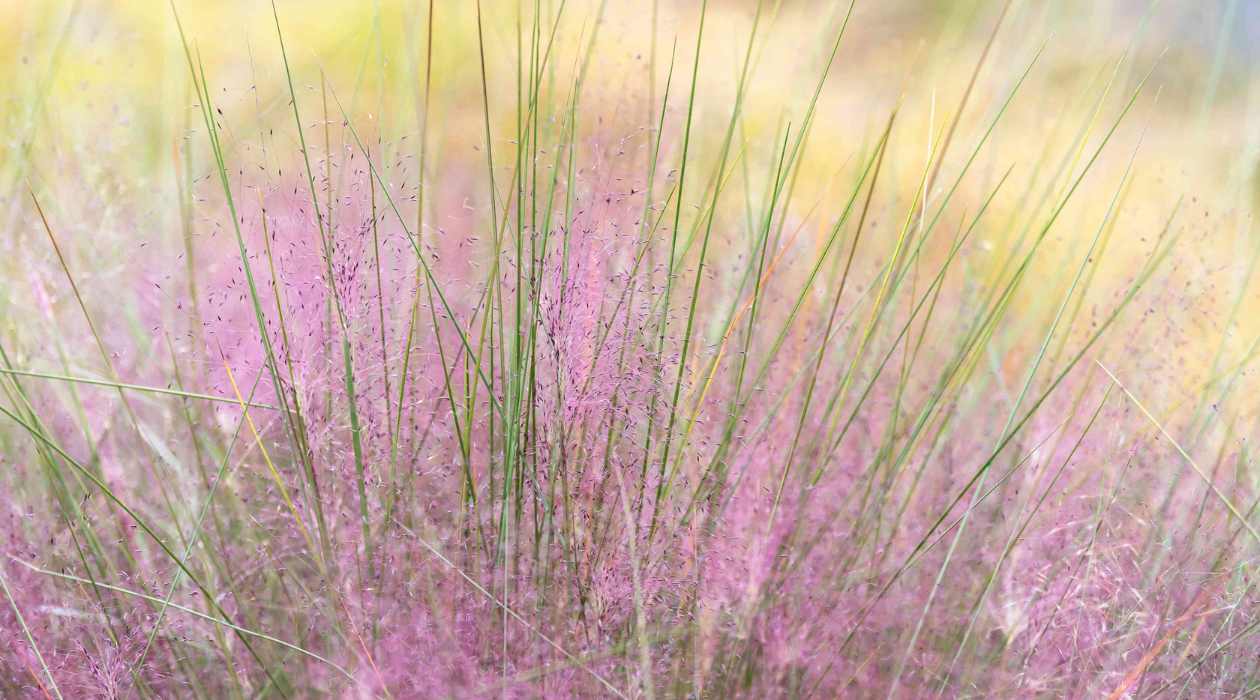
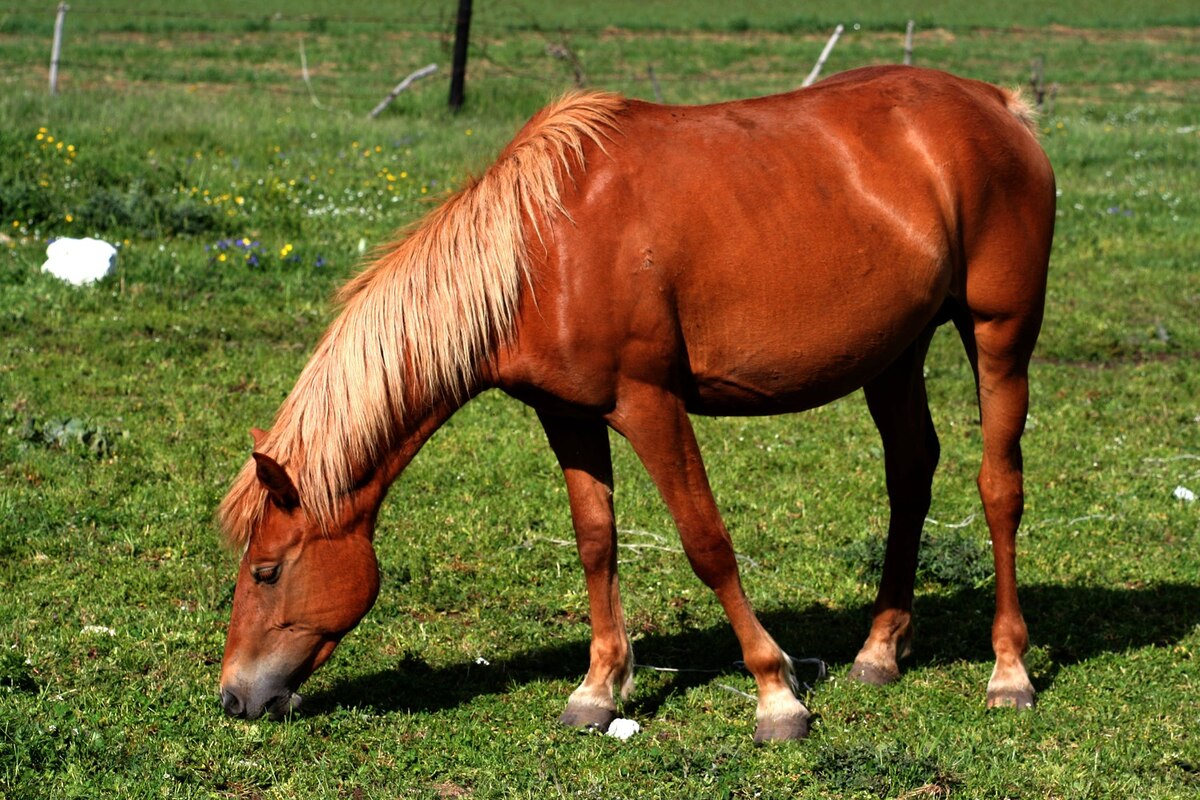
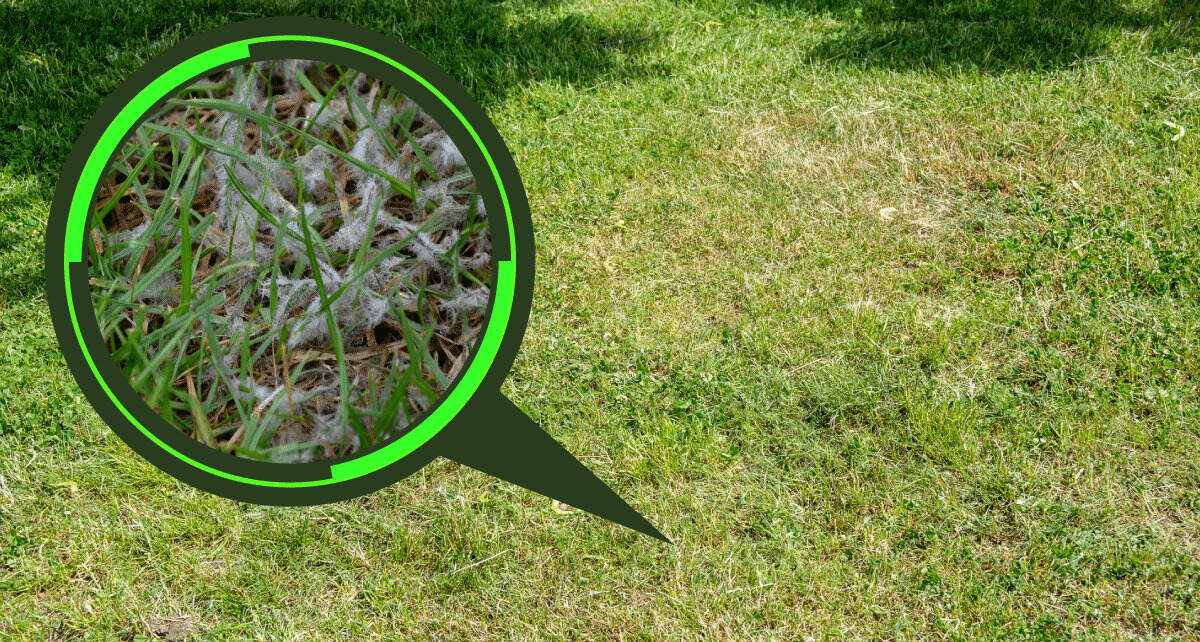
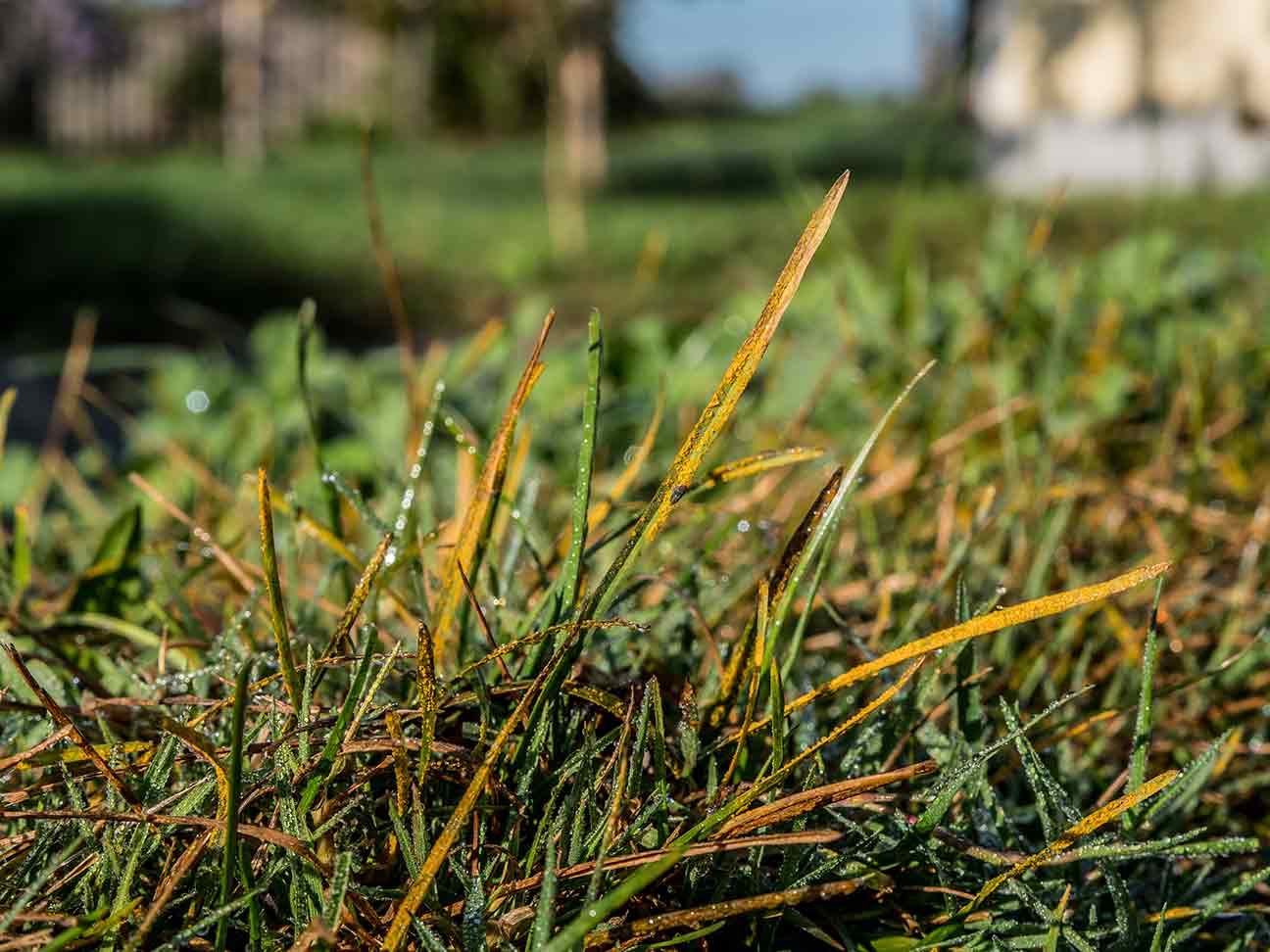
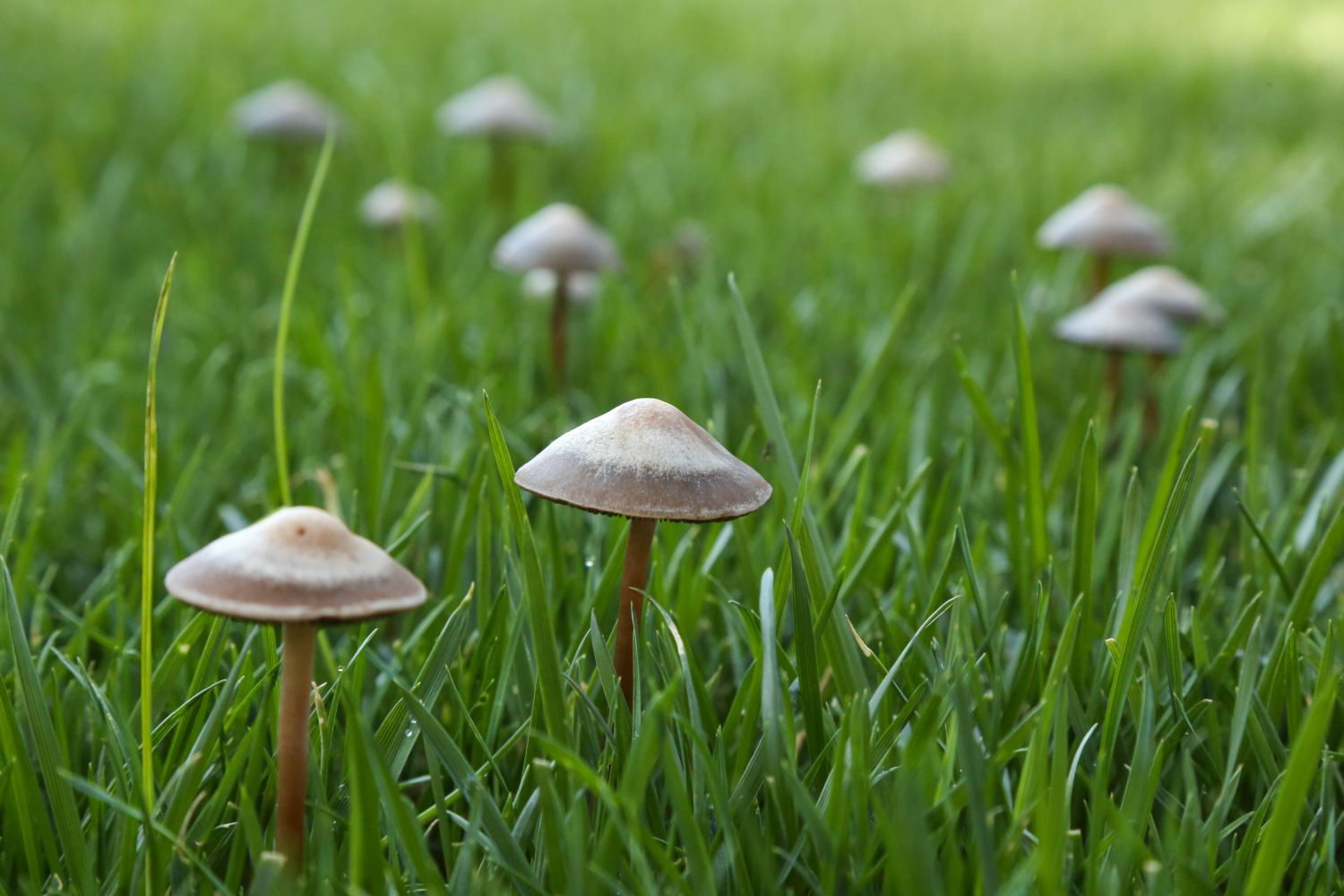
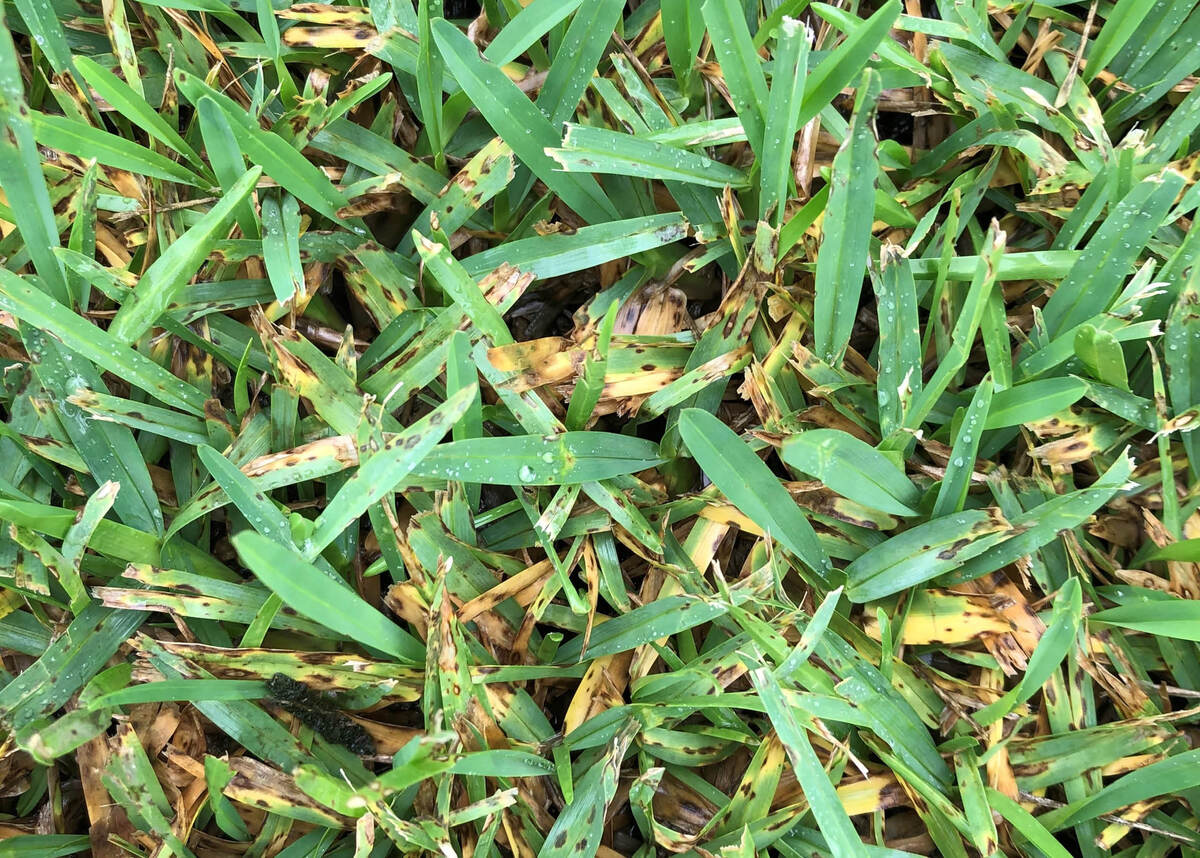
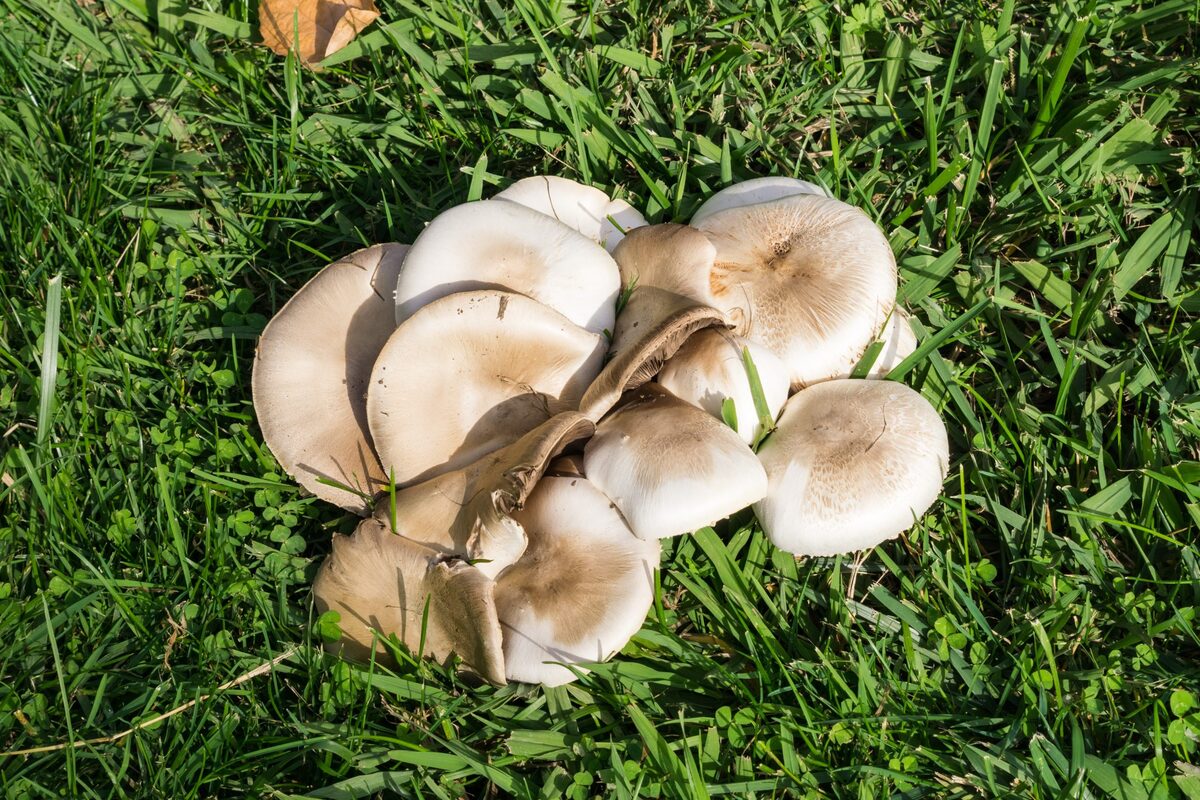
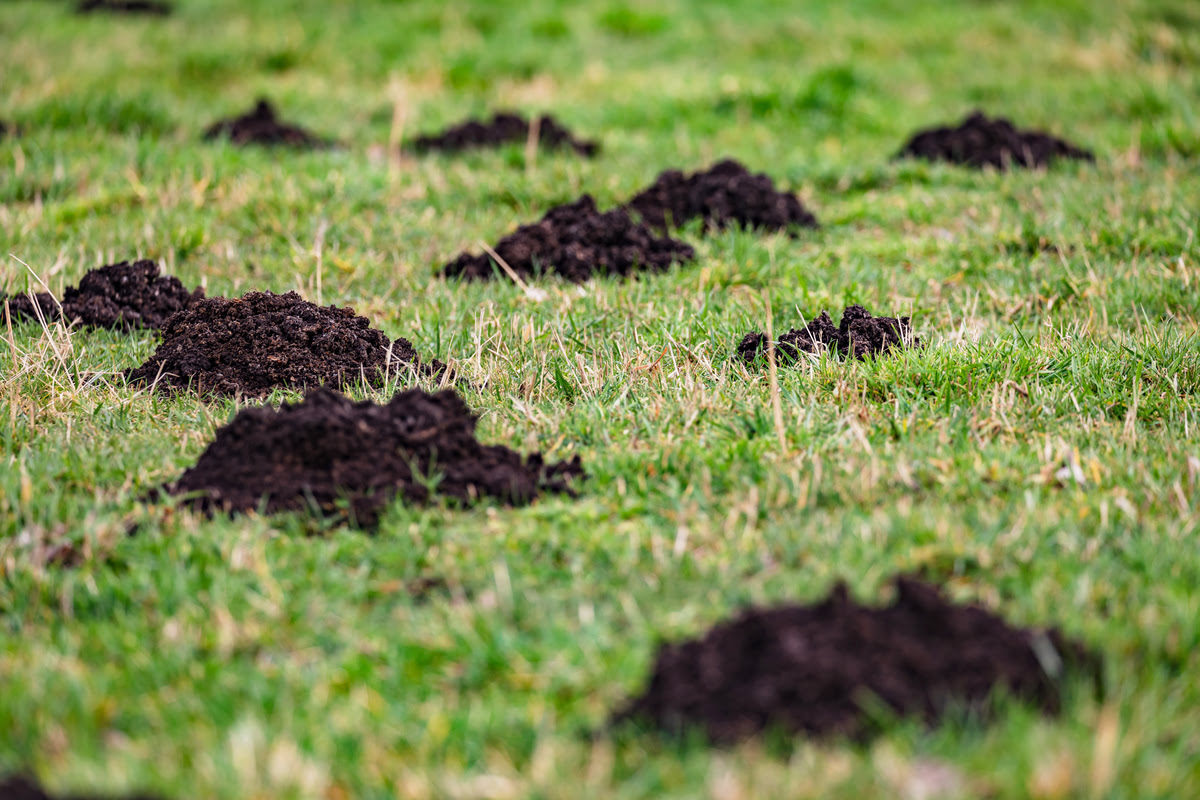
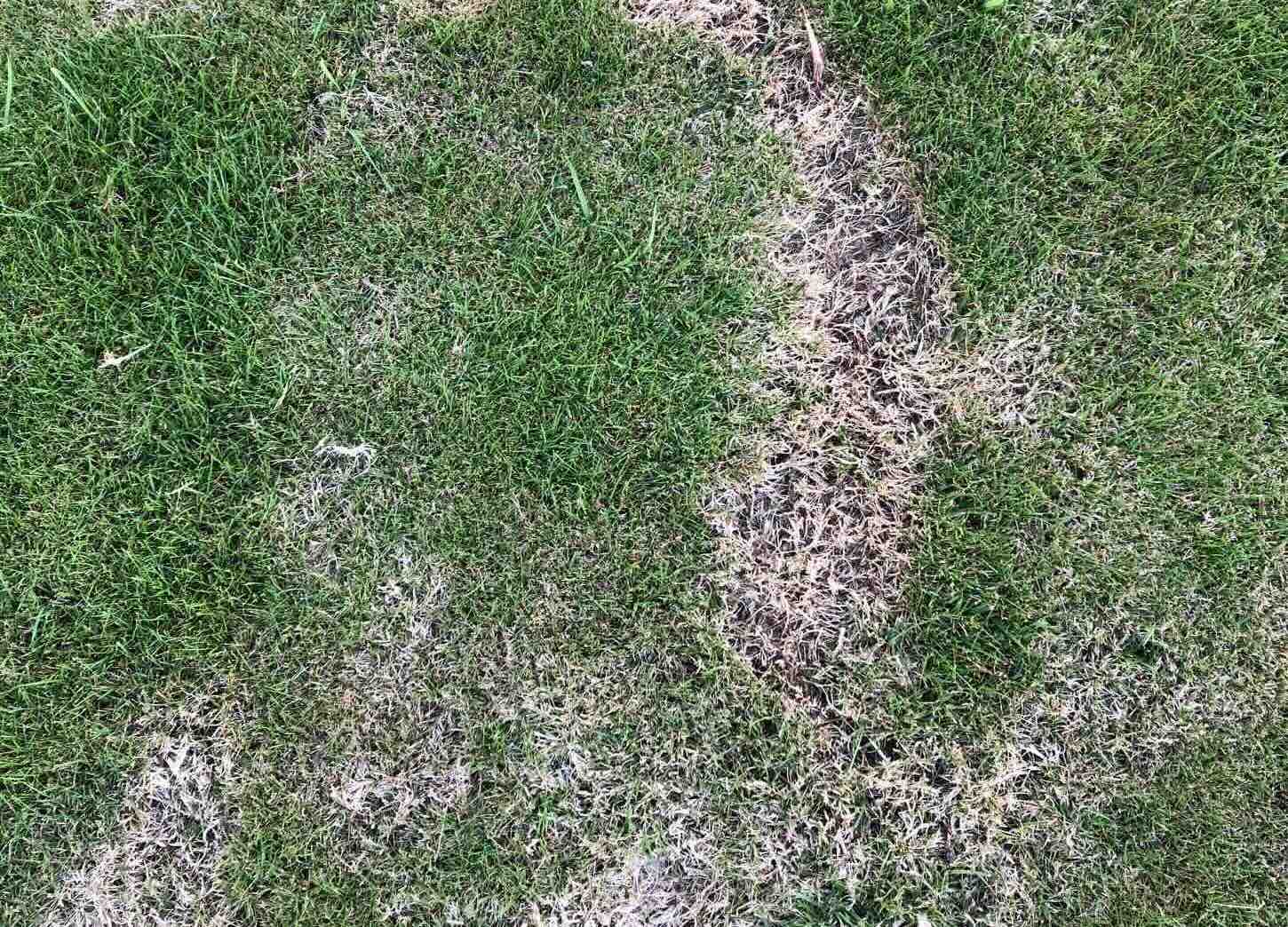
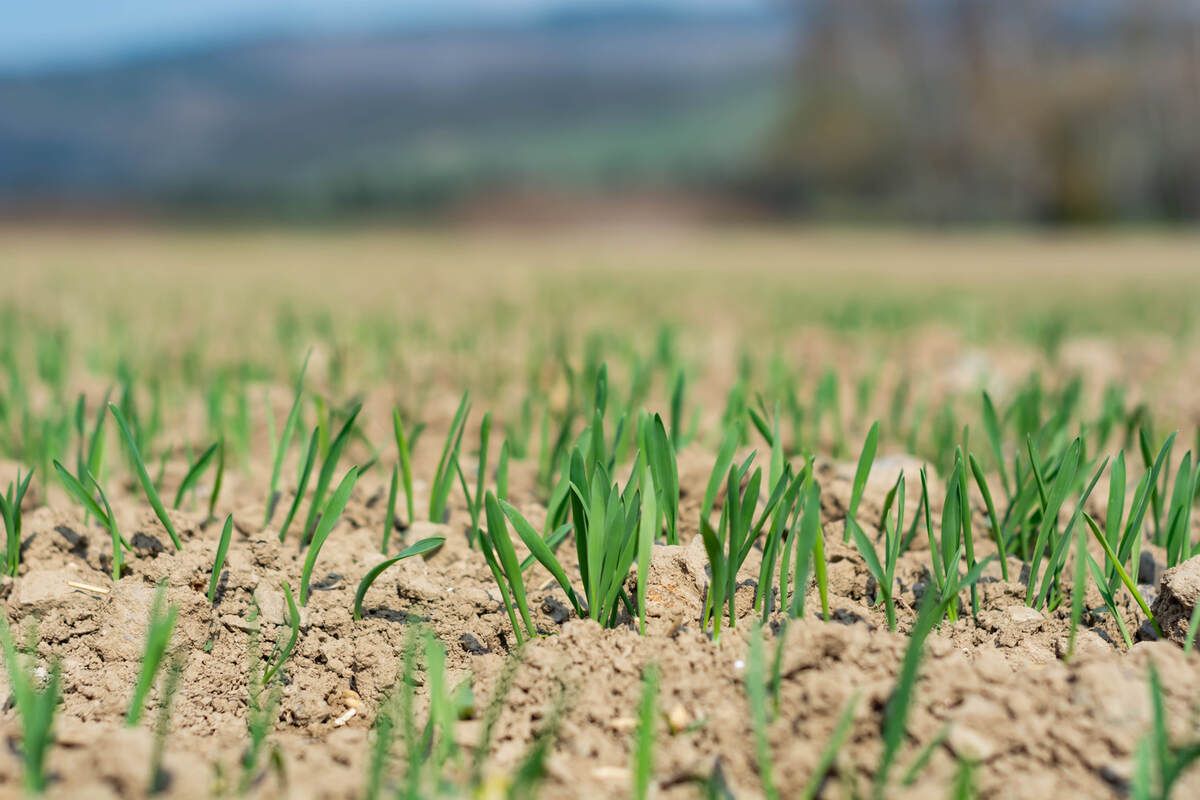
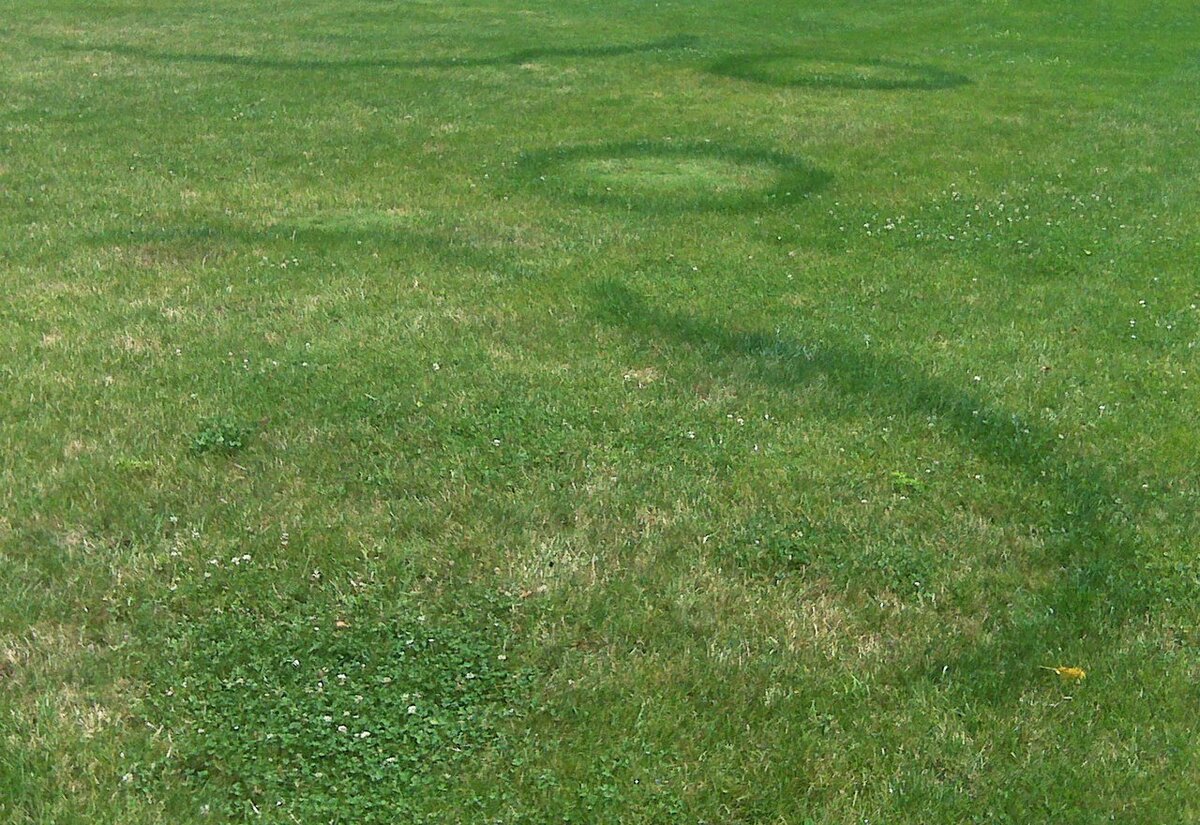
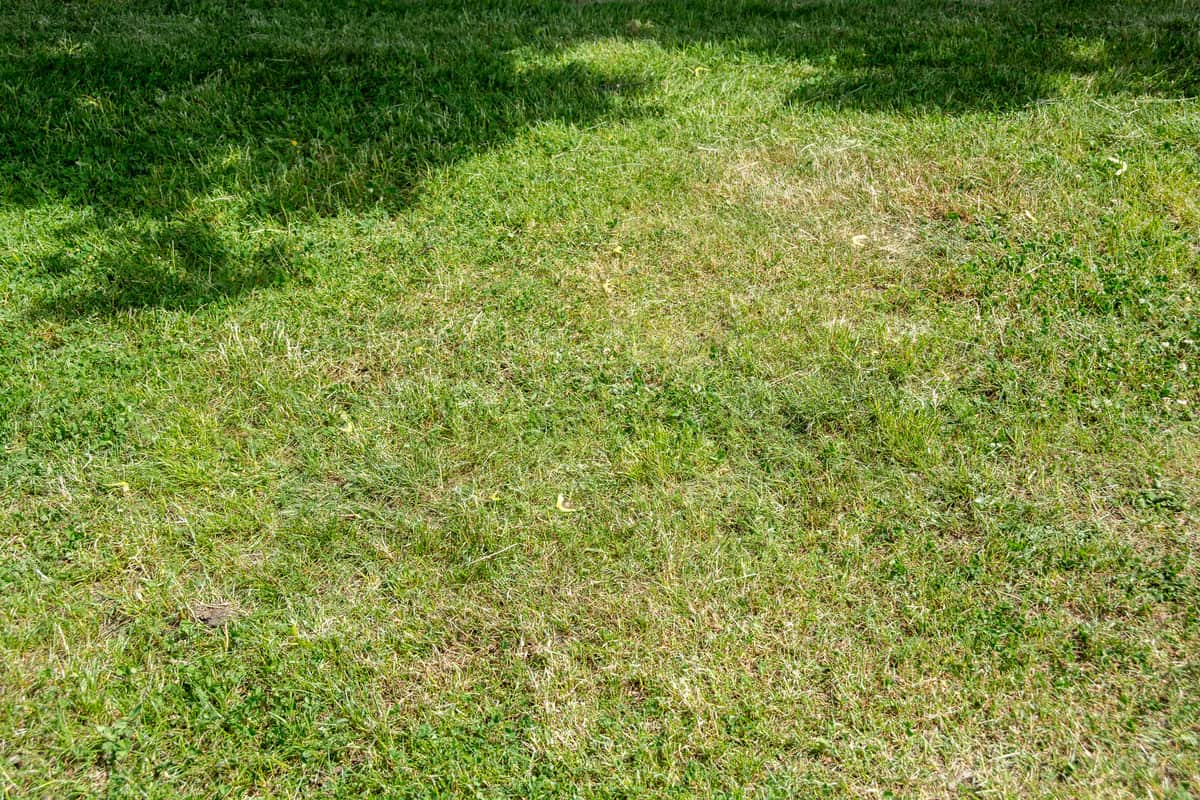
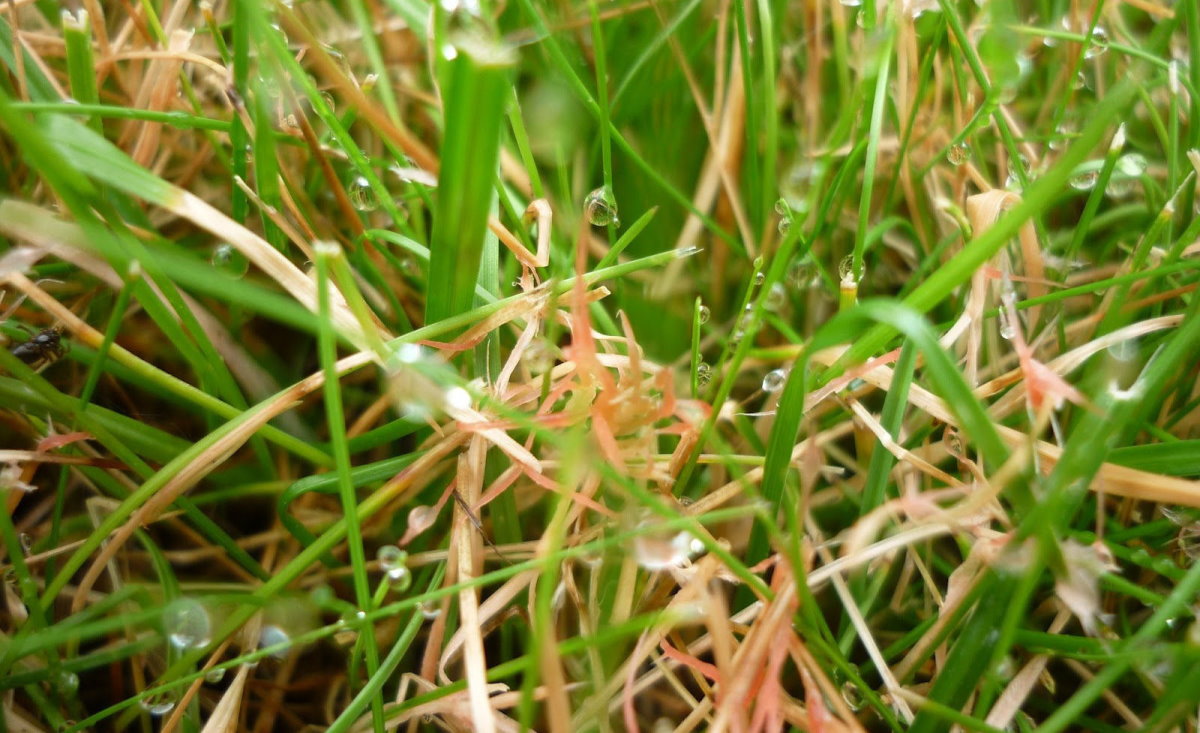
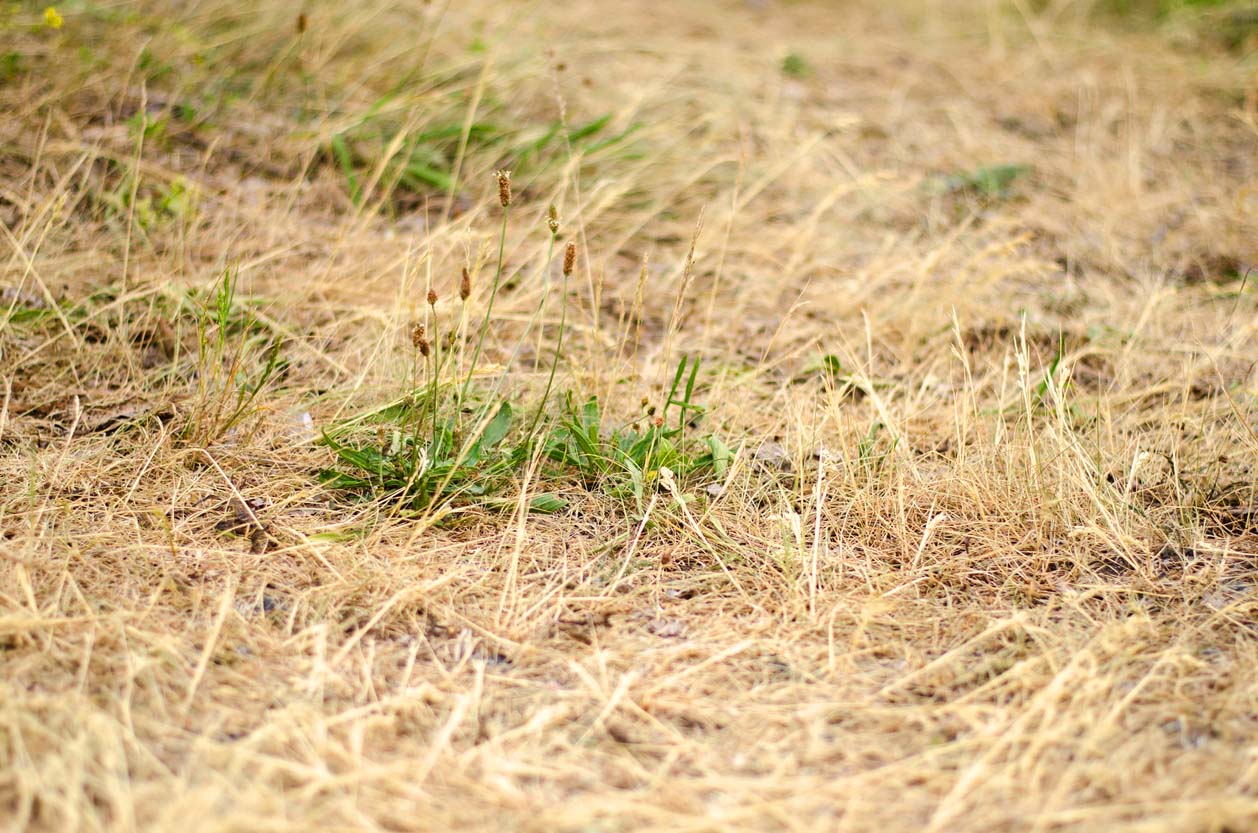

0 thoughts on “What Causes Fungus In Grass”